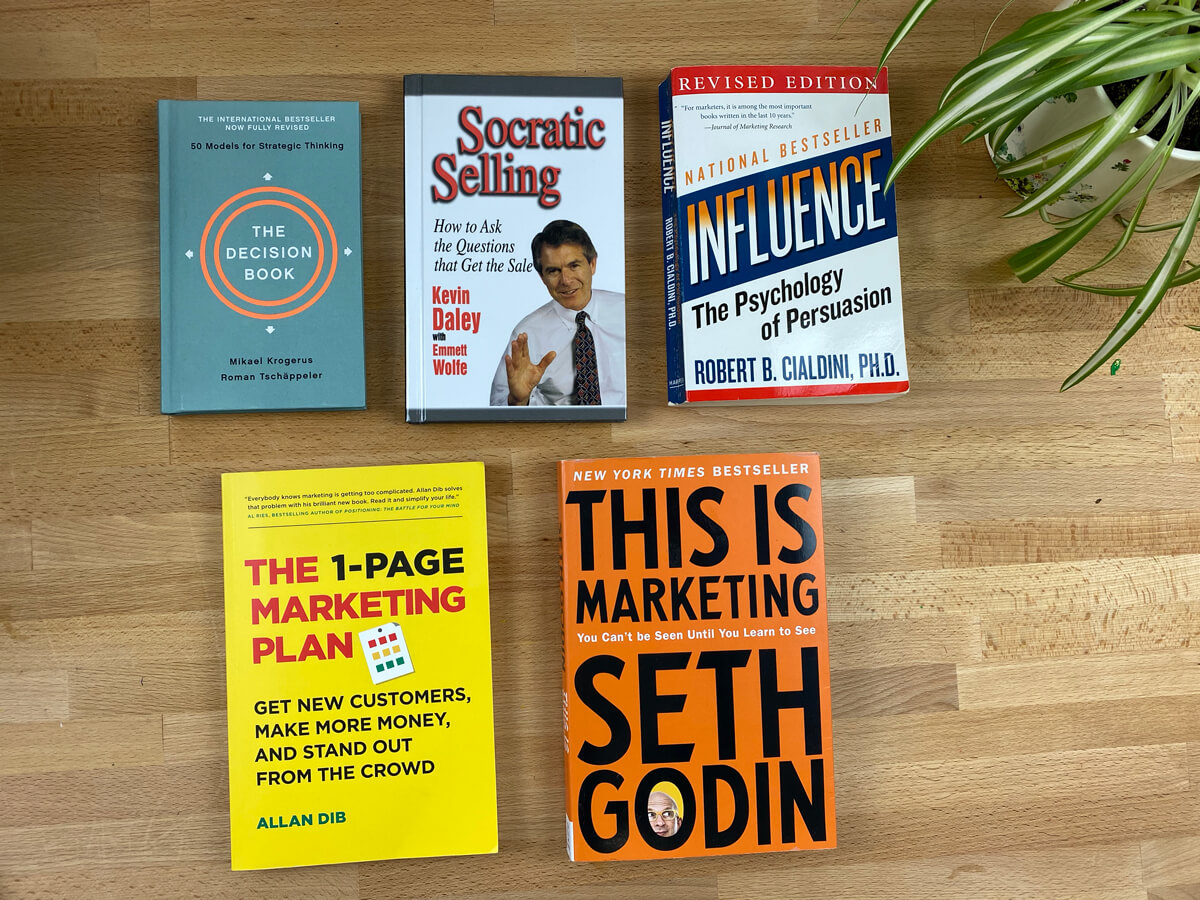
Introduction
Books have been humanity’s gateway to knowledge, imagination, and culture for centuries. But in recent years, the way we buy and consume books has dramatically evolved. The traditional brick-and-mortar bookstore is no longer the only—or even the preferred—method of purchasing reading material. Instead, online bookstores have emerged as a dominant force, reshaping the publishing industry, redefining accessibility, and changing the habits of millions of readers worldwide.
What Is an Online Bookstore?
An online bookstore is a website or digital platform where users can browse, purchase, and often download books. These books can be either physical (hardcover or paperback) or digital (eBooks or audiobooks). Unlike traditional stores, online bookstores offer 24/7 access to a vast catalog of titles, often with advanced search and personalization features.

About Us
Key Features of Online Bookstores:
- Extensive inventory (often millions of titles)
- User reviews and ratings
- Search and filter tools
- Discounts and promotions
- Multiple formats (eBook, print, audiobook)
- Worldwide shipping or instant download
Famous platforms like Amazon Books, Google Play Books, Apple Books, Kobo, and Audible have set the gold standard, but niche and independent bookstores are also thriving online.


email us at bookiesmart332@hotmail.com member
Why Online Bookstores Are So Popular
The rise of online bookstores is no coincidence. Their popularity stems from a mix of convenience, accessibility, and customization that physical stores can’t easily match.
1. Convenience
Readers no longer need to leave their homes or wait in line. They can buy or borrow books from anywhere, at any time, using a smartphone or computer.
2. Instant Access
With eBooks and audiobooks, users can start reading or listening immediately after purchase—no delivery wait time.
3. Wider Selection
Online bookstores typically offer a much broader selection than physical stores. Out-of-print or niche titles are often available only online.
4. Lower Prices
Without physical overhead, online retailers often offer lower prices and frequent discounts.
5. Personalized Recommendations
Many platforms use AI algorithms to recommend books based on user preferences, past purchases, and behavior—helping users discover new titles more easily.
Types of Online Bookstores
1. Mass-Market Platforms
- Amazon Books: The largest online bookstore in the world, offering millions of physical and digital titles, including self-published books via Kindle Direct Publishing.
- Google Play Books: Offers a large selection of eBooks and audiobooks with cross-device syncing.
- Apple Books: Integrated into iOS devices, popular among Apple ecosystem users.
- Rakuten Kobo: Competes in the eReader and eBook market with personalized reading experiences.
2. Niche & Indie Stores
- Bookshop.org: Supports local bookstores by sharing profits.
- Better World Books: Sells new and used books while supporting literacy programs.
- ThriftBooks: Focuses on affordable used books.
- Specialty Stores: Cater to religious, academic, or genre-specific readers (e.g., sci-fi, self-help, manga).
3. Subscription-Based Models
- Scribd: Offers unlimited access to books, audiobooks, magazines, and documents.
- Kindle Unlimited: Amazon’s subscription for unlimited reading of selected eBooks.
- Audible: Subscription-based access to audiobooks and original content.
The Impact on Authors and Publishers
The rise of online bookstores has significantly changed the publishing industry.
1. Self-Publishing Boom
Online platforms have democratized publishing. Anyone can now publish a book and reach a global audience using tools like Amazon KDP, Draft2Digital, or Smashwords.
Benefits for self-published authors:
- Higher royalties (up to 70%)
- Total creative control
- Faster publication process
- Direct connection with readers
2. Disruption of Traditional Publishing
Publishers now compete with independent authors. They must adapt their marketing and pricing strategies to survive in a marketplace where authors can promote books directly via social media or email marketing.
3. More Diverse Voices
Online stores allow for the publication and promotion of voices that might have been ignored by mainstream publishers—especially from underrepresented communities or niche genres.
eBooks vs. Physical Books — Which Reigns?
In 2025, the debate continues: eBooks or print?
Advantages of eBooks:
- Instant delivery
- Adjustable fonts and brightness
- Lightweight for travel
- Sync across devices
- Often cheaper
Advantages of Physical Books:
- Tactile feel and collectible value
- No batteries or screens
- Easier on the eyes for some
- Giftable and display-worthy
While eBook sales surged in the 2010s, print still holds strong, especially among collectors, educators, and literary purists. Most avid readers now adopt a hybrid approach, using eBooks for convenience and print for deeper or favorite reads.

Emerging Technologies in Online Bookstores
1. AI-Powered Personalization
AI recommends books based on genre, past purchases, mood, and even reading speed. Platforms like Amazon and Scribd use machine learning to deliver more accurate suggestions.
2. Voice Assistants
Integration with Alexa, Siri, and Google Assistant allows readers to purchase and listen to books hands-free.
3. Augmented Reality (AR)
Some stores now offer AR previews—point your phone at a QR code, and see the book come to life with animations or summaries.
4. Blockchain and NFTs
A few platforms are experimenting with NFT books that give readers ownership of rare digital editions, author-signed collectibles, or limited releases.
How to Start Your Own Online Bookstore
Thinking of launching an online bookstore? Here are the key steps:
1. Choose Your Niche
Decide what kind of books you want to sell. Fiction, self-help, textbooks, comics, or something more specific?
2. Select a Platform
You can start on:
- Shopify: With a book store template
- WooCommerce (WordPress plugin)
- BigCommerce
- Or sell through Amazon Seller Central
3. Source Your Books
Options include:
- Distributors (e.g., IngramSpark, Book Depository)
- Direct deals with authors or publishers
- Selling your own digital books
4. Set Up Payment and Delivery
Use secure payment gateways (Stripe, PayPal) and shipping partners (DHL, FedEx, local couriers) for physical books. For eBooks, offer instant download links.
5. Promote Your Store
- Use SEO to drive organic traffic
- Run Facebook/Google Ads
- Build an email list
- Partner with influencers or book bloggers
6. Provide Great UX
Ensure your site is fast, mobile-friendly, and easy to navigate. Let customers filter by genre, author, price, or format.
Challenges and Solutions
1. Piracy
Digital books are easy to copy. Protect your files with DRM or watermarking.
2. Competition
Huge retailers like Amazon dominate. Niche targeting and strong branding are essential to stand out.
3. Digital Fatigue
Some users prefer less screen time. Offering print-on-demand options can help you capture both markets.
4. Shipping Costs
For international readers, shipping can be a barrier. Consider partnering with global distributors or focusing on digital products.
Conclusion
Online bookstores have revolutionized the way we read, write, publish, and discover books. With lower barriers to entry, greater accessibility, and smarter technology, readers in 2025 enjoy an ecosystem richer than ever before.
Whether you’re a casual reader, an aspiring author, or an entrepreneur aiming to build your own book empire, the digital book marketplace offers more opportunity and innovation than ever before.
So next time you’re looking for your next great read—chances are, it’s just one click away.